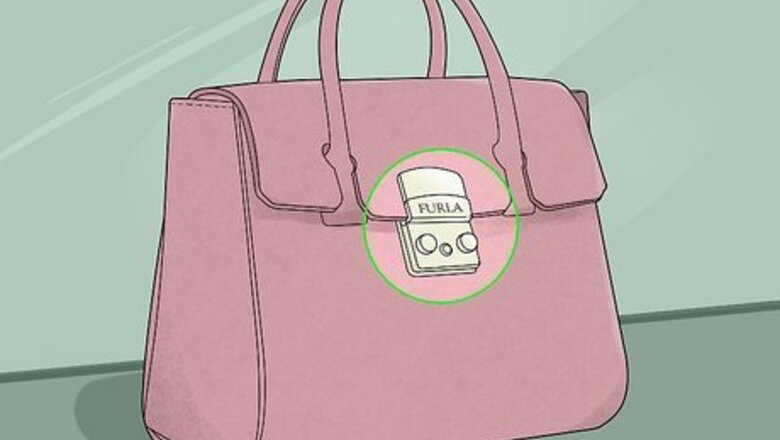
views
Look for a large dust bag.
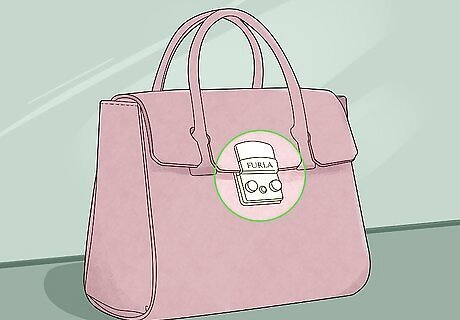
It should also have the Furla logo on the outside. Fake bags sometimes come in tiny, too-small dust bags without a logo on the outside. If your bag barely fits in the dust bag, it could be a fake. On the dust bag, the Furla logo is black and in capital letters.
Check the inside for soft suede.
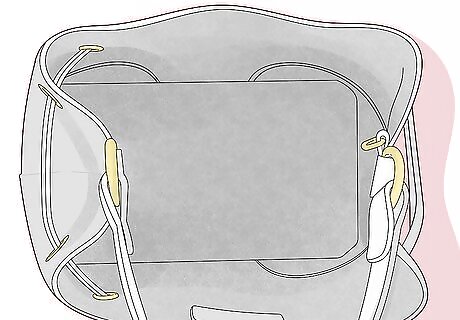
Real Furla bags have suede on the inside of the bag. If the inside feels rough or coarse, it might be fake. Suede is expensive, so most fake Furlas won’t use it. It might look like suede at first glance, but it won’t feel buttery soft like real suede does.
Feel the outside for leather.
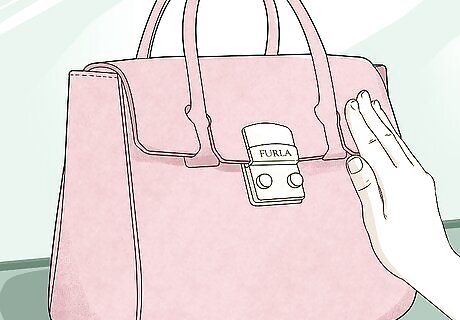
Most Furla bags are constructed out of real leather. Real leather feels buttery soft and smooth, so it shouldn't feel rough or coarse on your hands. If the outside of your bag feels bumpy, rigid, or like plastic, there’s a chance it’s made out of a cheaper material. Watch out for sites claiming that Furla bags are made out of “vegan leather.” Furla only uses real leather, not vegan leather, which is just plastic.
Look for “Furla” and “Genuine Leather” on the inside.
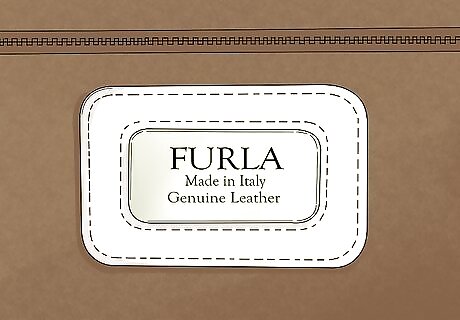
Any other words or phrases might indicate a fake. Look inside the small pocket inside of the Furla bag. Some fake Furla bags have “Made in Italy” printed on the inside as well, which is a surefire way to spot them. If your Furla isn’t made of leather, it should at least have the logo on the inside. Furla bags can also be made of PVC, canvas, suede, and velvet.
Check for quality stitching.
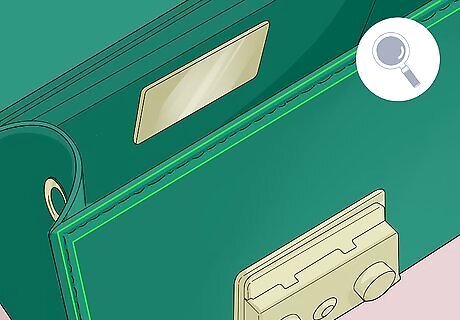
If the stitches are loose or uneven, it’s probably fake. Real designer bags have quality craftsmanship, and they won’t fall apart easily. If your bag has any stitching details on the outside, make sure they look even and aren’t super frayed. Sometimes old, vintage bags can have a bit of fraying on them, but it shouldn’t happen on brand new ones.
Make sure the hardware matches.
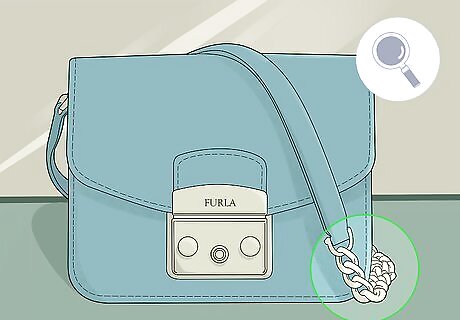
Fake bags might mix and match the color of their hardware. If your Furla bag has a chain and a clasp on it, hold them next to each other to see if they match. If they’re slightly off or completely different colors, your bag might not be real. Most Furla hardware is gold, but they do use silver occasionally.
Look for spaced-out legs on the bottom of the bag.
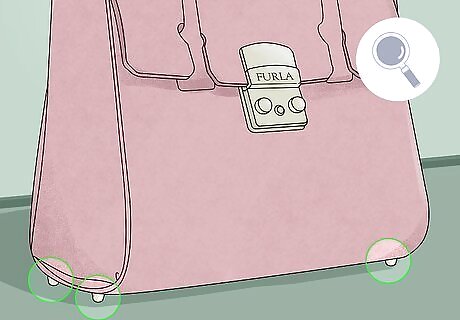
Legs that are too close together usually indicate a fake. If you’re looking at a Furla Metropolis bag, turn it over and check out the hardware on the bottom. Real Furla bags will have legs that are almost to the very edge of the center rectangle on the bottom. Fake bags usually get this spacing wrong, and the feet might be too close in toward the center. This is a subtle difference, and it can be tough to spot. It helps if you have an authentic bag next to you to compare it with.
Check for a certificate of authenticity.
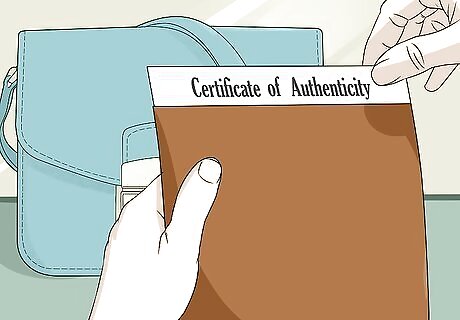
This isn’t a guarantee that the bag is genuine, but it’s a good start. If the seller doesn’t have a certificate or they’re being shady about it, the bag might be fake. Keep in mind, though, that many retailers fake authenticity certificates, so it may not be genuine. Real Furla bags also come with care instructions on a small card.
Find the ID number inside of the bag.
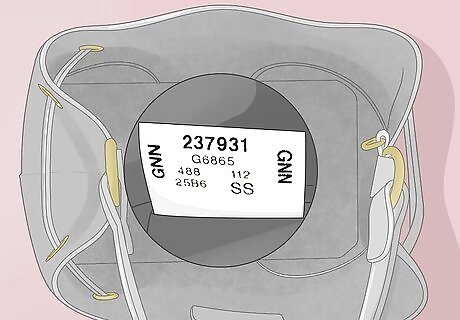
It’s usually printed on a small white tag on the inside. While some fakes may replicate ID numbers, others won’t. Before you purchase a bag, look inside the pocket to find the ID number and double-check that it’s real. This isn’t a surefire way to tell if your bag is fake simply because scammers have started replicating ID numbers. However, if the bag doesn’t have an ID number at all, you can be certain that it’s not real.
Look for a price between $250 and $450.
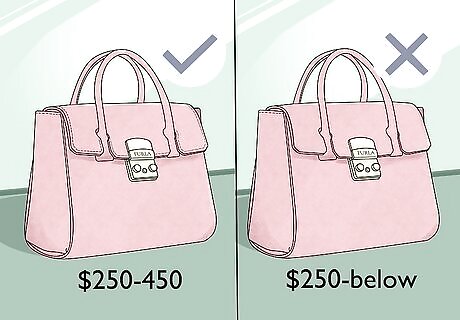
If it’s too cheap, it’s probably not authentic. Most Furla bags range in price from $250 to $450, especially if they’re brand new. If you find a Furla bag that’s being sold for much less than that, be very wary of it. The price isn’t a surefire way to tell if a Furla bag is fake, but it should set off some alarm bells.


















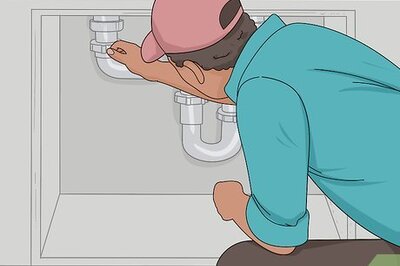

Comments
0 comment